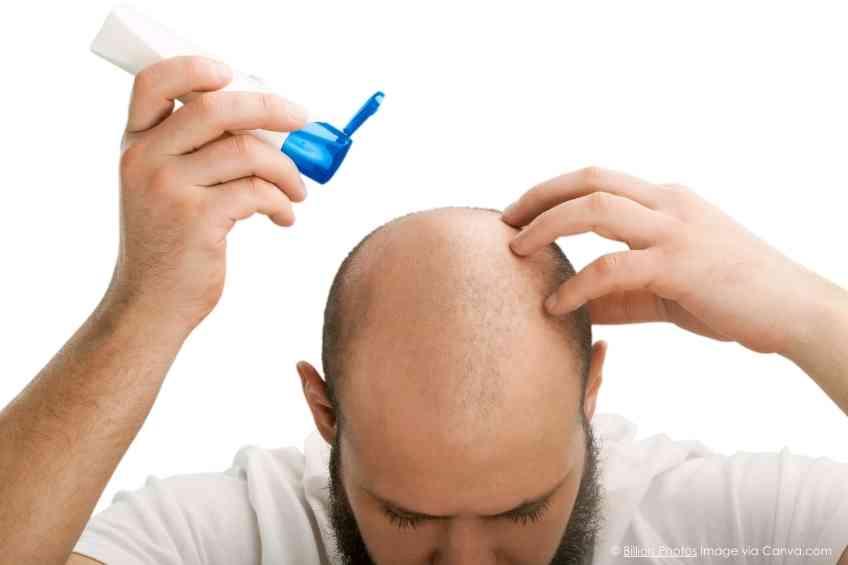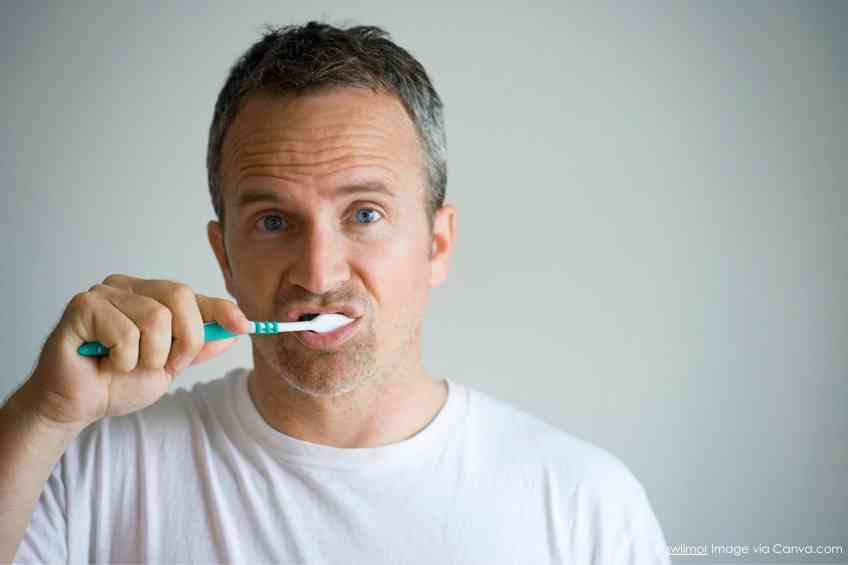By Saskia Salak –
You’ve seen it everywhere. The promise plastered on billboards, promoted in daytime talk shows, harped about online and touted in supermarket magazines. Even your trashy sitcoms aren’t immune. Workout Culture. It’s the latest therapy and the revised happy hour all rolled into one. If that’s not enough, the promise even offers your very own feel-good “gym family” to fill in the gaps. Feeling sad, happy, bored? The rhetoric is clear: Just hit the gym and all will be well.
But when do the pains outweigh the gains? When does release turn to addiction? For a surprising number of people, perhaps hundreds of thousands if not millions, the risk of harmful returns on excessive exercise is all too real.
Researchers believe the tipping point, clinically defined as Overtraining Syndrome, can be measured on both a psychological and physical scale. Fitness addicts become dependent on the release of endorphins and dopamine to alter or improve their mood, consequently prioritizing exercise over the negative impact it is having on their overall health.
Physically, the signs of over-exercise are fairly straightforward, with symptoms ranging from fatigue to ongoing muscle or joint pain, insomnia and a weakened immune system. Ultimately, syndrome sufferers lose the ability to recognize self-harming and continue to endure pain to achieve their training goals.
Identifying the syndrome’s psychological impact is trickier. Often triggered by existing eating disorders or body dysmorphia, recent research from Britain’s Anglia Ruskin University warns over exercising effects often result in erratic mood swings and increased stress levels. The disorder can even take a toll on existing relationships, leading some excessive trainers to withdraw from social, professional and highly personal obligations to maintain their unrealistic exercise routines.
Competitive athletes and avid gym attendees are at the greatest risk of overtraining. But the candidate pool also captures technology users. Trendy fitness apps and wearables designed to track and share progress may actually have an adverse impact on mental health. Safe Harbor Treatment Center, for example, reports that nearly 80 percent of women surveyed claim their tracking devices increased pressure on them to meet their fitness goals.
Does this mean that the Transformation Tuesday picture you’ve been dreaming of will lead to your untimely demise? Probably not, so that shirtless selfie can still be in your future. In fact, the vast majority of people who exercise regularly are at no risk from Overtraining Syndrome. Psychology Today estimates only 3 percent of regular gym-goers fall prey to the disorder, although the percentages are considerably higher among competitive athletes like swimmers, runners and weightlifters.
Fortunately, a growing number of specialized centers offer syndrome treatments. These strategies, among others, include setting realistic workout goals, participating in individual or group therapy sessions and building social activities into a schedule to specifically interrupt exercise cycles.
Regardless of an individual’s potential risk level, it is still a good idea to monitor workouts. Virtually everyone needs to work out and they need to know if they’re doing enough or too much. The U.S. Department of Health and Human Services, for example, suggests a combination of strength training and aerobic activity (or cardio, as your irritatingly ripped trainer would call it). The department recommends roughly 30 minutes of moderate activity daily. For more aggressive results, experts at the Mayo Clinic suggest increasing that number by about 30 percent to 300 minutes a week.
Aside from regular workouts, minimizing time seated is a pivotal element in reducing metabolic issues. If left unchecked, extensive sitting can even negate the positives of regular physical activity. The Mayo Clinic suggests leveraging a few simple tricks to help capitalize on workout gains. These include embracing thoughtful eating habits like healthy meals and portion control while also drinking more fluids. The combined impact can help achieve your fitness goals in a sustainable and effective manner, even paying the way for your “new year, new me” Instagram post.












